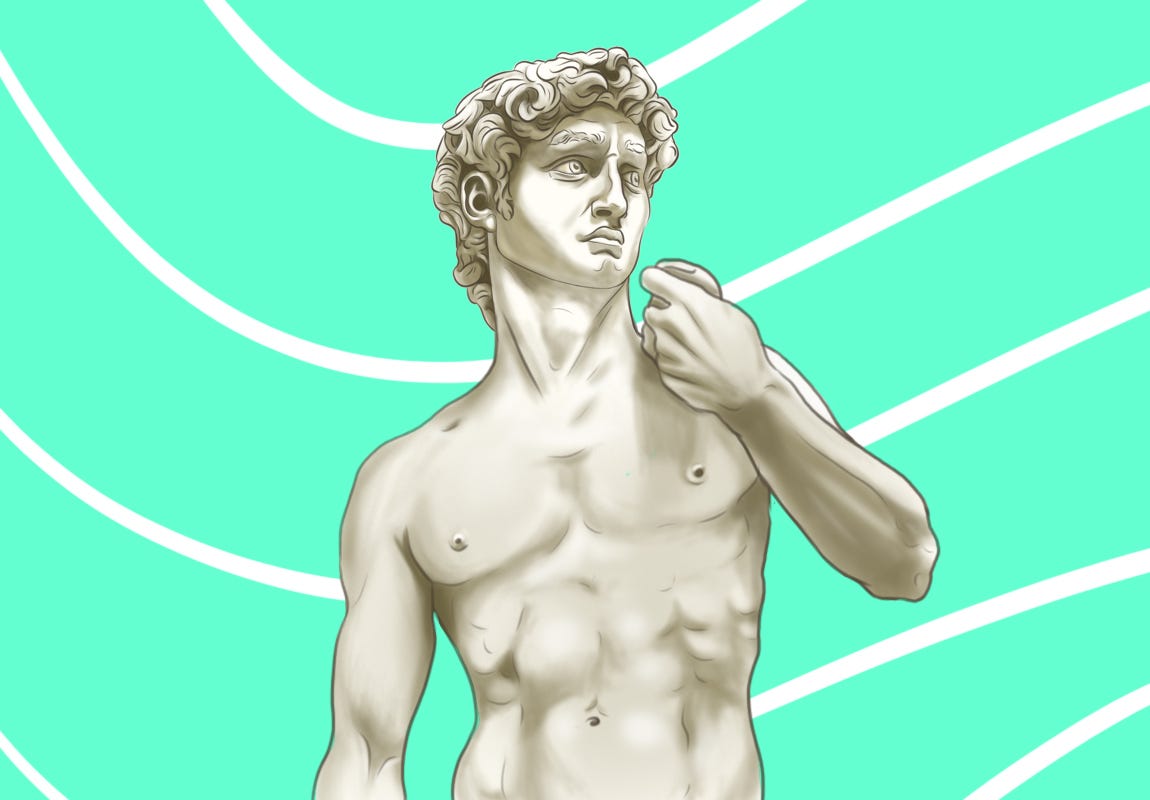The Renaissance was a period of great changes in Europe. These changes led to the flourishing of arts and aesthetics, induced critical thinking, and encouraged scientific reformation in the continent.
The term ‘Renaissance’ is a French word meaning revival or rebirth – no other term can convey the essence of the period better than this term. The term ‘Renaissance’ remains a widely accepted label for the cultural shift it brought about in analysing the material world, a term that now refers to a period of questioning and expression of ideas. According to Encyclopaedia Britannica, “The Renaissance refers to a period in European civilisation that was marked by a revival of classical learning and wisdom. The Renaissance was truly a rebirth of Europe after all those wars, ignorance, famine and pandemics such as the black death.”
The Renaissance marked an age of explosive social and cultural development. It was a period of European cultural, artistic, political, and economic rebirth following the Middle Ages. It shifted the prevalent God-centric worldview to a human-centric one; it promoted a shift from papacy to individual rationalism. To sum up the period, the Renaissance in Europe was a cultural bridge between the Middle Ages and modernity.
It started as a movement in Italy, specifically in Florence, in the 14th century, after the end of the Middle Ages and later flourished in other parts of Europe throughout the 15th and 16th centuries. According to Britannica, to the scholars, thinkers, artists and scientists of the time, the period was the time of a revival of classical learning, wisdom, discovery, and expression after a long period of cultural decline and stagnation.
The Renaissance promoted rediscovery of classical philosophy, literature and art. Some of the great personalities, artists and thinkers of the period included Dante, Leonardo Da Vinci, Michelangelo, Galileo Galilei, Nicolaus Copernicus, Niccolo Machiavelli and William Shakespeare. The Renaissance gave us the most talented visionaries of all times. The period showed artistic developments with the contributions of polymaths like Leonardo Da Vinci and Michelangelo, who were later known as the ‘Renaissance Men’.
The idea of exploration paved ways to new lands and cultures, which opened new doors to global trading and commerce for Europe. As a cultural reformation movement, the Renaissance had a crucial impact on the intellectual life of Europe and of the modern world.
The disciplines of art, architecture and science were interlinked during the Renaissance.
Everything was new throughout the Renaissance period, somewhat like a new beginning, which included the discovery of new scientific laws, new forms of art and architecture and new religious and political ideas.
The disciplines of art, architecture and science were interlinked during the Renaissance. For example, mathematics contributed to paintings by incorporating measurements and shapes. According to History.com, artists like Leonardo Da Vinci incorporated scientific principles of anatomy into his drawing of Vitruvian Man, so that he could recreate the human body with extraordinary precision.
Scientific discoveries enabled a major shift in thinking, which provoked Galileo Galilei and Descartes to scribe a new pattern of astronomy and mathematics. At the same time, Copernicus proposed that the Sun, not the Earth, as the centre of the solar system.
As a cultural movement, the Renaissance helped literature flourish, and later caused widespread educational reformation. In politics, the Renaissance contributed to the development of the conventions of diplomacy.
Art was influenced by realism and naturalism during that period. In the Middle Ages, the centre of attraction or the axis of everything was God. Stories, paintings and sculptures were based on the creator and not on the ‘creation’. The Renaissance caused a paradigm shift in knowledge production where God was replaced with humans as the centre of everything. The statement by Rene Descartes “I think therefore I am” is exemplary of the philosophy of those times.
The earliest form of Renaissance as an intellectual movement was humanism.
Artistic works based on human emotions and expressions were created. Examples are the Mona Lisa, which is said to be the greatest portrait of all, classics like Romeo and Juliet, the lifelike sculpture of David, and the paintings in the Sistine Chapel in Rome.
Before the Renaissance, artists were almost like craftsmen, who did not earn due recognition for their work. According to Britannica, during the Renaissance, the artists started to include their own images in works, which acted as a signature, and led to recognition for their work.
The Renaissance took many forms throughout its course. The earliest form of Renaissance as an intellectual movement was humanism. Humanism emphasized the dignity of man, sparked the Reformation and later evolved into the Enlightenment. Renaissance gave birth to a series of new ideologies and movements. Let us discuss more on the topic by analysing the previous epochs in history of Europe such as the Middle Ages and the fall of the Roman Empire and how those shaped the age that followed, in the next chapter.
Now put on your thinking hats and think about the following questions for a couple of minutes.
Can you think of how the Renaissance gave birth to a series of new ideologies and movements?
Why were Leonardo Da Vinci and Michelangelo called the ‘Renaissance Men’?
Write down your thoughts and discuss them with your students, children and your colleagues. Listen to their views and compare them with your own. As you listen to others, note how similar or different your views are to others’.
Thank you for listening. Subscribe to The Scando Review on thescandoreview.com.
Happy Teaching!













The Renaissance: Period of Europe’s transition from the Middle Ages to Modernity